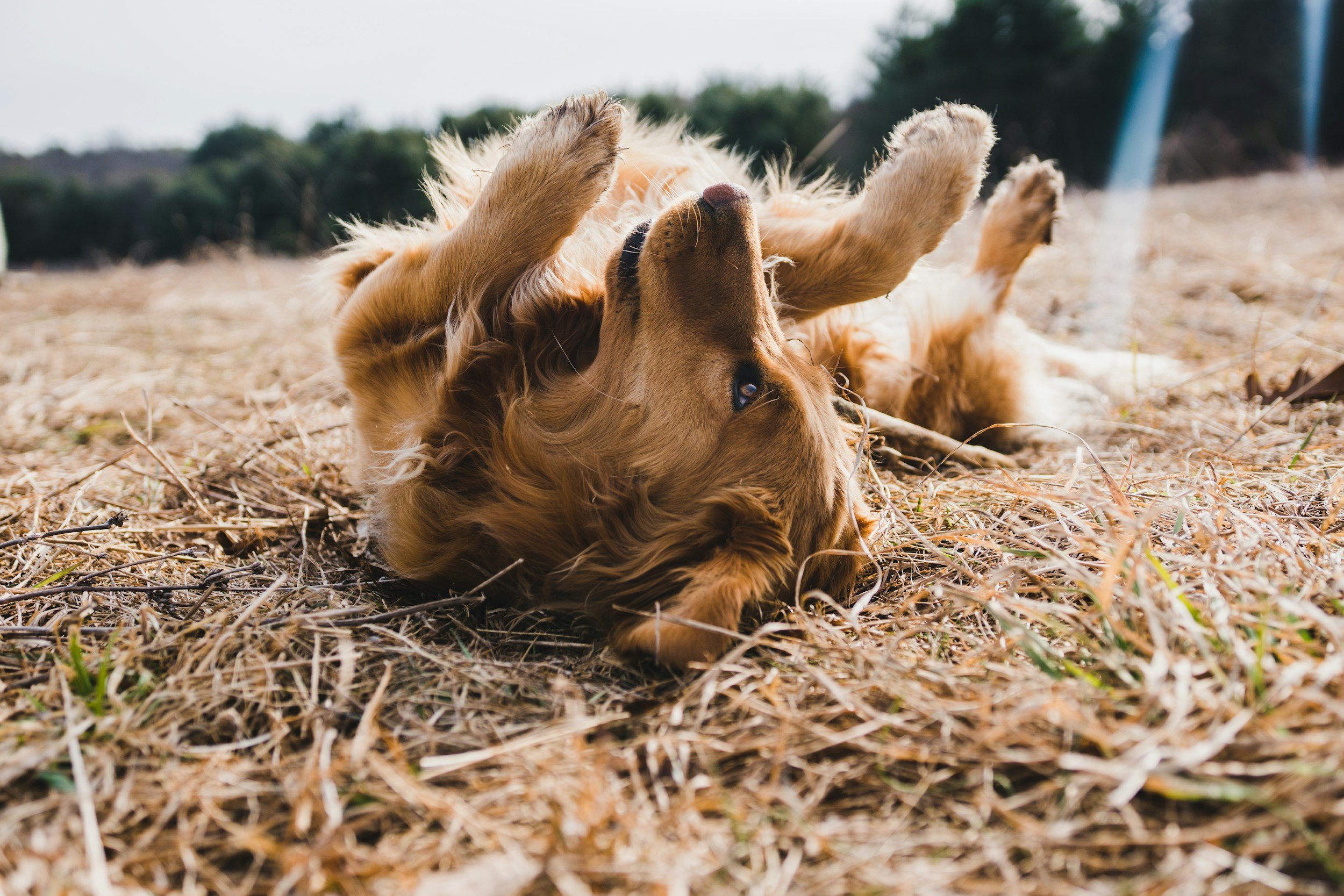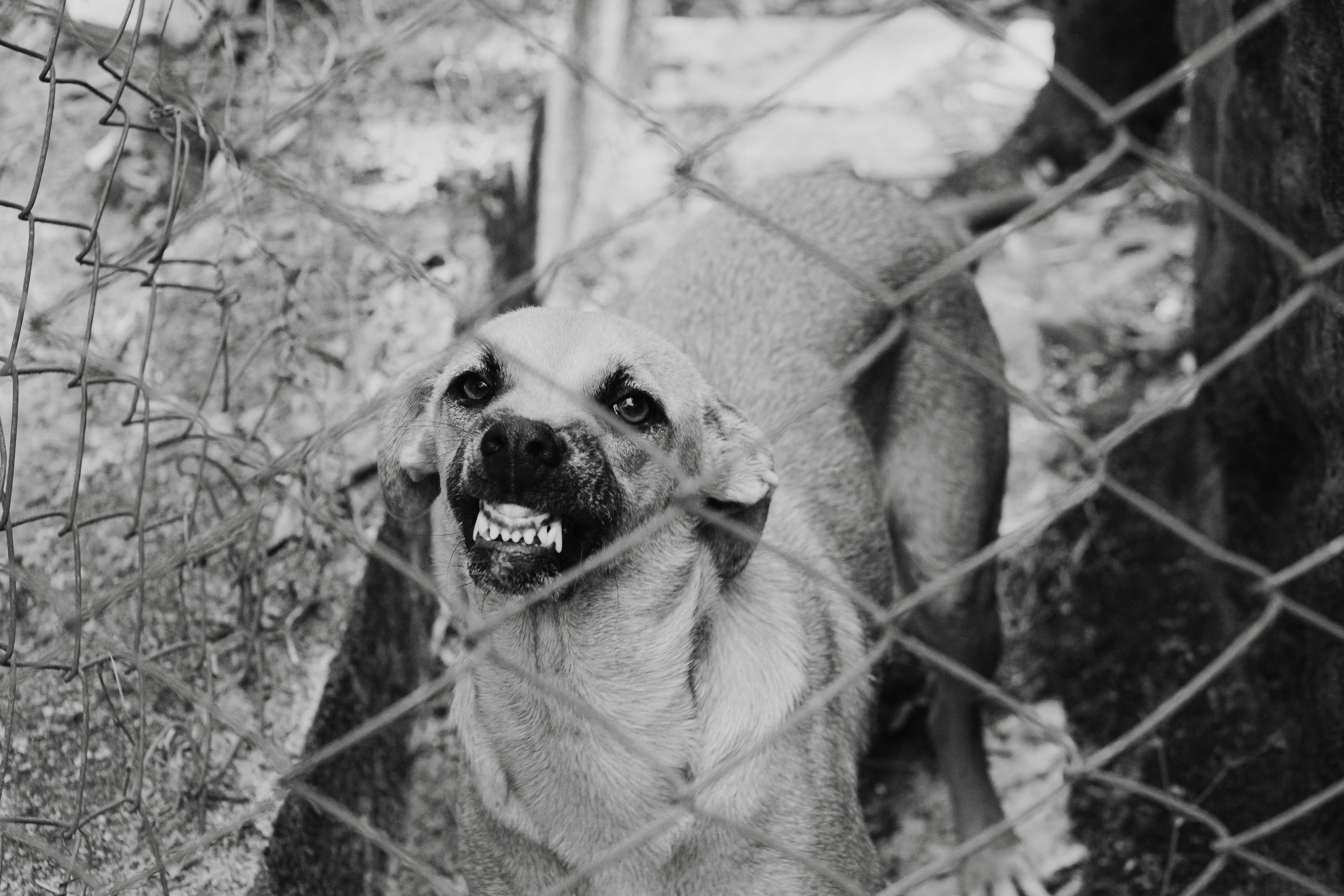Understanding Canine Body Language
Sometimes a dog’s body language doesn’t align with what they’re trying to communicate. We may think we understand them, but we don’t speak fluent ‘dog,’ so there’s bound to be some confusion and missed signals. For example, your dog lying on its back isn’t always telling you it wants a rub. Recognizing and correctly interpreting your canine’s body language is crucial for protecting yourself and your dog from other dogs and addressing your dog's emotional needs.
Basics of Canine Communication
They say actions speak louder than words, and this is especially true for dogs. To understand what they need or want, you must pay attention to their body language, because they speak with their whole body, especially their ears, eyes, mouth, and tail. Pay attention to the dog's surroundings too. A stiff body could indicate tension or focus, depending on the context. If your dog looks alert at another dog, it’s likely defensive. If you have a ball, it's focused on play. Always consider the environment and overall body language to determine your dog's emotions accurately.
Many people struggle to understand human body language, such as when someone’s feet point away during a conversation, indicating they want to leave. Similarly, some dogs have difficulty understanding other dogs' body language, often due to a lack of socialization or past trauma. They might not realize another dog is uncomfortable and preparing to fight them. For this reason among others, it’s crucial to understand dog body language so that you can recognize the danger for your dog. Whether you’re protecting your dog from other dogs or simply trying to understand their emotions, being able to read their signals helps you to help them feel safe and loved.
Common Canine Body Language Signals
Ears can be forward, indicating alertness or interest, back, showing fear, submission, or aggression, or neutral, indicating relaxation or playfulness.
Eyes that gaze directly show confidence or aggression, while an averted gaze indicates submission, calmness, or fear. Squinting can indicate stress, discomfort, or contentment.
Mouths that are relaxed and open usually show a dog is calm and content, while lip licking indicates anxiety or appeasement. Showing teeth can be a sign of aggression (puckered or slight baring) or play (grin).
Tail wagging can indicate happiness or agitation, depending on speed and position. A tucked tail signifies fear or submission, while a raised and stiff tail suggests alertness or aggression.
Body posture is another crucial indicator. A relaxed dog is comfortable and at ease, while a stiff and rigid body shows aggression or fear. A crouched posture indicates submission or fear. A play bow, where the dog leans forward on its front elbows with its rump in the air, indicates its inviting play.
Other Specific Behaviors and Their Meanings
Yawning can be a sign of tiredness, but also a sign of stress or anxiety.
Panting, while it is a normal cooling mechanism, can also be a sign of stress/excitement when the environment is not hot or if the panting sounds hoarse.
Paw lifting indicates uncertainty, anticipation, or simply curiosity.
Shaking off when they are not wet, is for stress release or for resetting after tense situations.
Hair standing on end, known as piloerection or "raising hackles," happens when the dog is defensive or nervous/excited.
Special Considerations
Some breeds are designed for hunting and therefore often assume an alert position, either because they are naturally vigilant or it's simply their instinctive stance. Other breeds, such as the Maltipoo, often display a distinctive bouncy gait and a slight head tilt due to their natural disposition, regardless of their mood. As dogs age, their body language may become less noticeable as they move slower and are less animated. Body language is a dog's way of physically responding to their environment, so if your dog consistently acts in a way you don’t like, there is likely something in your daily life or home triggering this behavior. Maybe you have mice, or perhaps your dog just doesn’t like your Aunt Gertrude. It could even be that the psychedelic picture on the wall makes your dog really nervous. Whatever the case, remove the root cause or help your dog adjust to it.
Interpreting Mixed Signals
We went over the most common emotions that certain body parts can display and how. Now we’ll go over mixed signals, describing the combined body actions for each specific emotion and what types of situation might trigger it:
Fear
Traits: Fearful behavior in dogs is characterized by ears that are flat against the head. The eyes often avoid direct eye contact and may be wide, showing the whites which are called whale eyes. The mouth might display bared teeth and growling or snapping, but these are more warning signals than an intention to attack. The body posture is typically crouched or lowered, making the dog appear smaller and less threatening. The tail is usually tucked between the legs or held low, showing submission and fear, and the hair may be raised as a sign they’re aroused. They could also yawn, pant, or shake.
Situations: This type of behavior is common when the dog encounters an unfamiliar or hostile dog, triggering defensive signals. The dog is wary and prepares itself for fight or flight. Additionally, sudden, frightening stimuli, such as thunder or unexpected movements, can cause a dog to react defensively, trying to shield itself from perceived danger.
Aggression
Traits: Aggressive dog body language is demonstrated in the ears often pointing back, laying flat against their head, indicating that the dog is feeling threatened or fearful and is preparing to protect itself if necessary. The eyes are usually staring intensely, making direct eye contact, showing that they recognize a challenge or threat. The mouth may be open with bared teeth, growling, snapping, or biting, showing the dog's readiness to attack. The body posture will be stiff and upright, making the dog appear larger and more imposing. The tail is typically held high and stiff, sometimes bristling, and the hackles (fur along the back) may be raised, adding to the dog's threatening appearance.
Situations: Dogs often display aggression when they feel the need to protect their territory or possessions, such as their home, food, toys, or other resources. They may also exhibit aggressive behavior when asserting dominance over other dogs or humans. Encountering an unfamiliar or hostile dog, person, or situation with no perceived escape route can trigger aggression, as the dog perceives a threat and reacts proactively to defend itself.
Appeasement
Traits: Ears back or to the sides, avoiding direct eye contact and often squinting, licking lips, submissive grin, lowered posture or rolling over to show belly, tail low and wagging gently, paw lifting, nuzzling. They may also try to distract attention away from themselves by making noises like sneezing, yawning, or scratching.
Situations: Dogs will often try to divert attention from themselves or demonstrate appeasing actions to show they are not dangerous and to avoid conflict. They often demonstrate this to their humans. They could be either nervous or out of respect. It’s usually when they are in a tense situation, trying to deflate it, meeting new dogs or people whilst trying not to be confrontational, and when they know they’ve done wrong and want to make it right.
Playful
Traits: Ears forward or perked up, bright and relaxed eyes with direct eye contact, open and relaxed mouth possibly with the tongue out (play grin), play bow or bouncy movements, tail high and wagging energetically.
Situations: Dogs use these bodily cues to tell other dogs or people when they want to play, to respond to playful gestures, or when they are just in a familiar and comfortable environment in which they can be themselves.
Relaxed
Traits: Ears naturally positioned, soft and relaxed eyes possibly half-closed, slightly open relaxed mouth with tongue slightly visible, loose and comfortable posture either lying down or sitting calmly, tail at rest or gently wagging.
Situations: When a dog is resting at home or in another familiar and safe environment, when they are being petted by their loved ones, or when they are in well-known not stressful social settings, they will use these traits, showing they are at home and relaxed, and not worried.
Conclusion
Wherever you go, pay attention to dog body language. This can protect you, your dog, and others from aggressive dogs ready to fight. If a dog is nervous rather than aggressive, you can help by removing it from a stressful situation or eliminating the stressor. Listen to your dogs; they think and feel, even if not as deeply as humans. Keep a calm front, be patient, and use positive reinforcement. Generally, bad behavior is not the root problem, so love your dogs and address the underlying issue.






